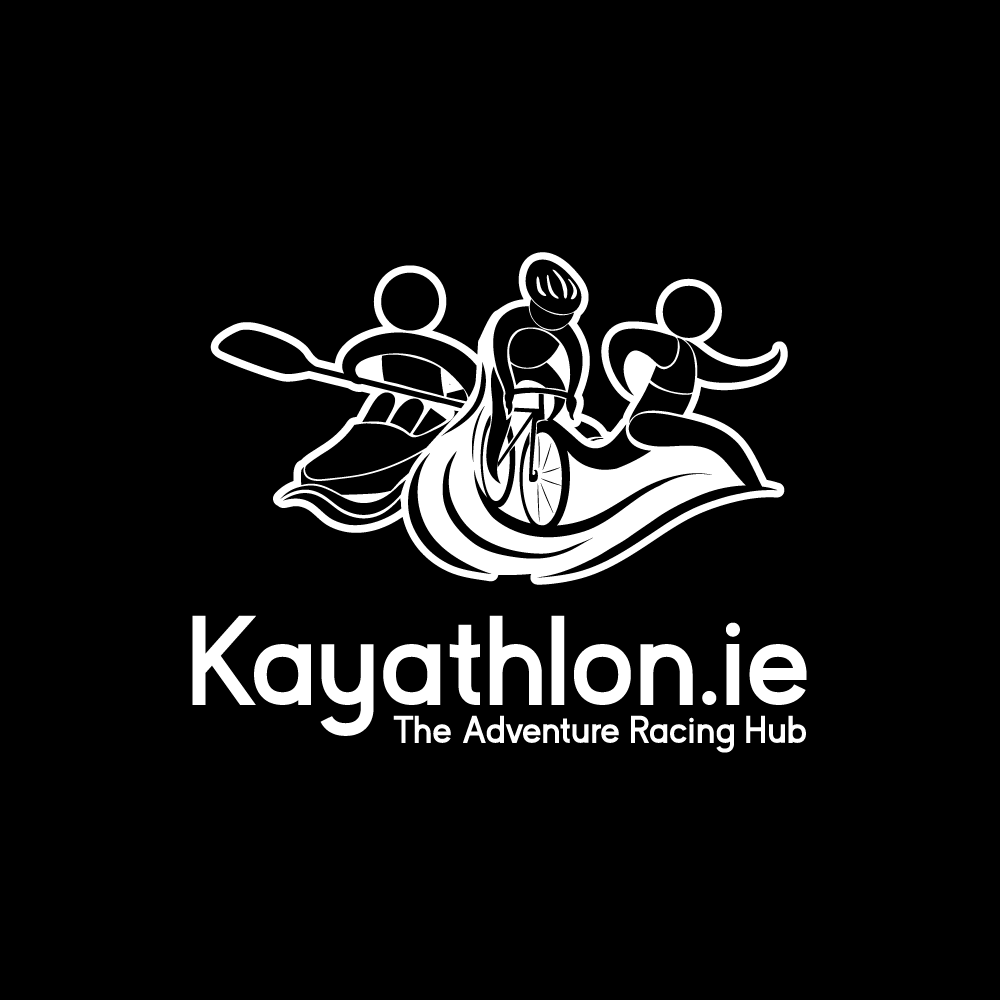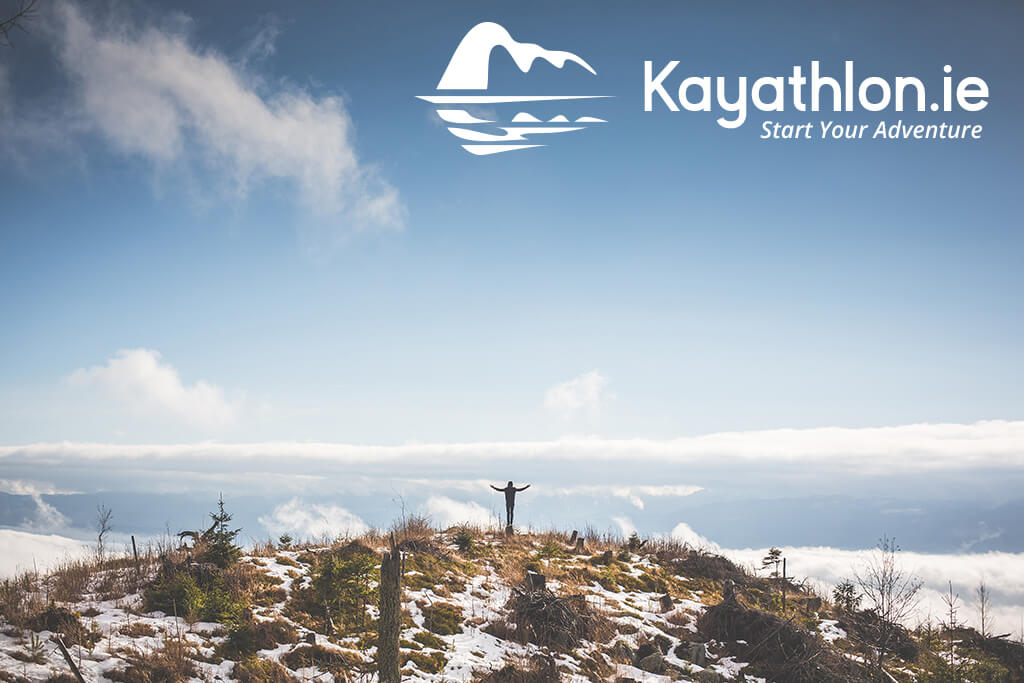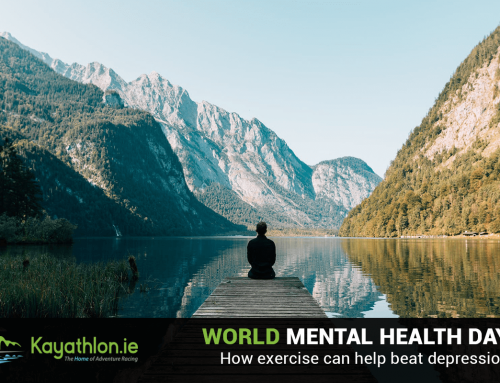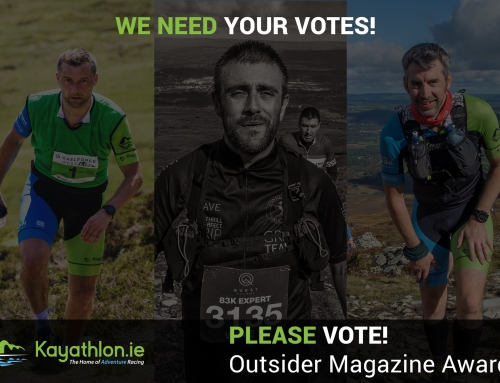They say ignorance is bliss, “they” never did a multi-sport race.
So if you have just completed your first race last Saturday in Killary GaelForce Dublin and are probably thinking to yourself, I wouldn’t mind doing that again but are wondering what would you do differently next time to better yourself. That’s what went through my head over and over again after my first time out. And each time the same thing topped the list…
More hill training. I naively thought that being able to do 10-12km road would suffice. I never went near the hills. It definitely took its toll on me during the race, to the point of having to walk a decent percentage of it. I’m currently eyeing up Quest Glendalough on April 8th and shaving some serious time off last years. This naturally also applies to anyone competing, whether your first race is to come or whether you have a lovely medal and jersey collection already.
That was the course that caught me out, so haven’t bother with too much flat/road running yet, just the hills 2-3 times a week varying in lengths from 4-12km routes. I will admit, it can be less than pleasant but altogether necessary for if I want to conquer the summits of Glendalough. There is a world of different running the hills as you are covering all types of terrains, open to the elements and as we know in this beautiful little country of ours can change quicker than a politicians mind.
I suppose the key is, to do a little planning. Check out the breakdown of the courses. See how much mountain/trail running is involved. What sort of climb and decent there is. The most you will probably face on a road run are traffic lights, curbs and slight inclines. By the way, apologies but I don’t mean to sound anyway condescending to our seasoned road runners. I couldn’t do it. It takes a different kind mental toughness to be out night after night on the roads. (here is a list of events for 2017).
Downhill Misconceptions
It’s a popular misconception that downhill is easy and a good opportunity to rest your wiry bones. If anything, this is tougher due to many factors, bad technique and fatigue caused by the uphill slog. Let me explain this further. Your legs are feeling like tree trucks and as you begin to descend, you will begin to lean backwards, you stride will naturally get longer, causing more impact on the joints, i.e. the knees and the hips. You may begin to feel what I call “runners knee”, that burning sensation on the under side of your knee cap. The only way to stop this is to change your stride, to short, lighter steps, which can be hard to get your head around as your body/mind will say to itself… “what are trying to do here…more steps means more work, no no no, this doesn’t compute” and will fight against you. That is, unless you have trained it to use lighter, quicker, tap, tap, tap steps. There is a route that I run. A short route. Just over 4Km. It’s 2Km and 2Km back down the other side. Before I consulted with other runners, I was managing it in a very joint rattling 26mins. With a few subtle adjustments to my uphill and downhill running technique, I was able to complete it in a smooth 23:10. No hip pains. No runners knee. So the importance of getting out and training, adjusting your running techniques and also getting your mind into the zone is paramount.
It might sound like I’m harping on here but I have found out this the hard way and with a little research and advise from more qualified trail runners, the Everest that would have once lay ahead of me became more of a manageable mound.
Check out some of our other blogs for some of my other rantings and ravings…Click Here
If you think this maybe beneficial to anyone you know, please share it. links are below.
Do you have any pictures from GaelForce, why not share them on our facebook page, we would love to see them.
Also I will soon be sending out a newsletter, so make sure to sign up for that as well.
#hillrunning #questadventureseries #gaelforcedublin







Leave A Comment